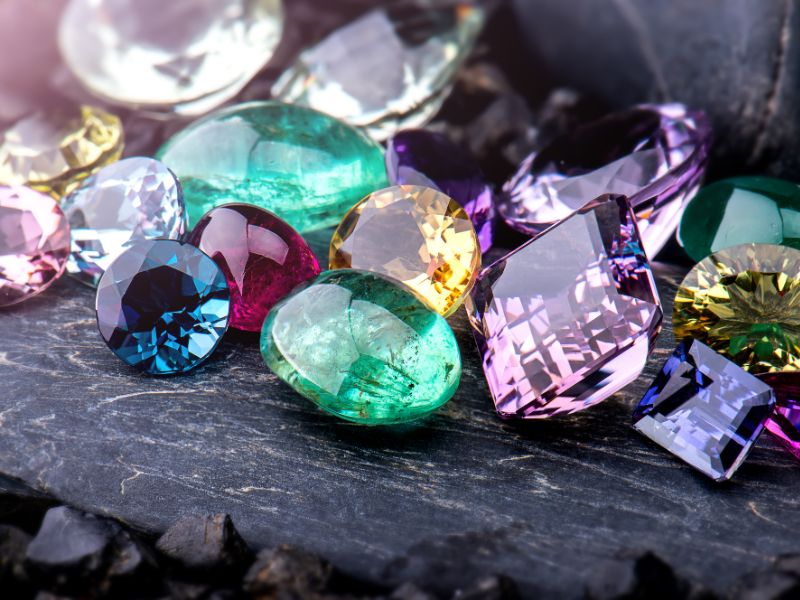When referring to jewellery, the term ‘vintage’ has a specific meaning; a vintage piece of jewellery is between 20 and 99 years old and once it reaches its 100th birthday, it suddenly becomes an antique.
A piece of jewellery from the Art Deco period, for example, would either be a vintage or antique item and during those glorious times, they used a wide range of gemstone settings, which this article will be sharing.

Various Gemstone Settings
A setting is a method of securely attaching diamonds and other gemstones to a ring or other items of jewellery. Here are some of the many settings that were used in the making of vintage jewellery:
- Claw Setting – As the name implies, a claw setting consists of 4-6 prongs that wrap around the gemstones that originate from a single point, which is typically at the centre of the setting. A claw setting allows maximum light to penetrate the gemstones, maximising the sparkle factor and the thickness of the prongs can vary. If you are looking to acquire the perfect diamond engagement ring, there are genuine pieces at the reputable antique dealer. You can buy antique rings at Kalmar Antiques or search online for an antique collector selling pieces within your area.
- Bezel Setting – A bezel setting is a channel-type setting whereby the gems are inserted into a groove in the metal, which is a very secure way to attach gemstones to a ring. One of the advantages of a bezel setting is there are no prongs that could catch on fabric or other things, while there are various depths the set can be cut to, depending on the size and shape of the gemstones. An active woman might prefer this setting because it holds gemstones very securely; the only downside might be that a diamond’s sparkle would be impacted due to the closed way of inserting the gemstones.
Related Posts
- Roman Setting – A Roman, or gipsy setting, is one where the gemstone is set deep into the metal, which is a popular way to set a single diamond securely. Multiple small stones can also be set in this manner; many Art Deco diamond rings were fabricated with this setting. More and more couples are looking for antique and vintage solutions regarding engagement and wedding rings, as the workmanship is nothing less than stunning.
- Tension Setting – A typical tension setting uses both ends of a band, using the shoulders to hold gemstones securely. This type of setting is only suitable for diamonds or equally hard gemstones, as these stones are hard enough to withstand the pressures that the tension setting creates. Vintage jewellery makes good use of tension settings, which were invented during those times.
- Channel Setting – Similar to the bezel setting, a channel setting enables a jeweller to set multiple stones in a row, using an inverted channel that firmly holds the gemstones in place. Another advantage is that small stones can be set without metal coming between the stones, making it one of the most popular settings that you will find in vintage jewellery.
- Grain Setting – The grain setting incorporates many small claws that are raised around the gemstones. Also called a pavé setting, this allows the jeweller to put many small stones in a cluster.
As you can see, many different types of settings are used to secure precious stones and if you are looking for a unique vintage diamond engagement ring, approach a leading antique dealer and view their extensive catalogue.




